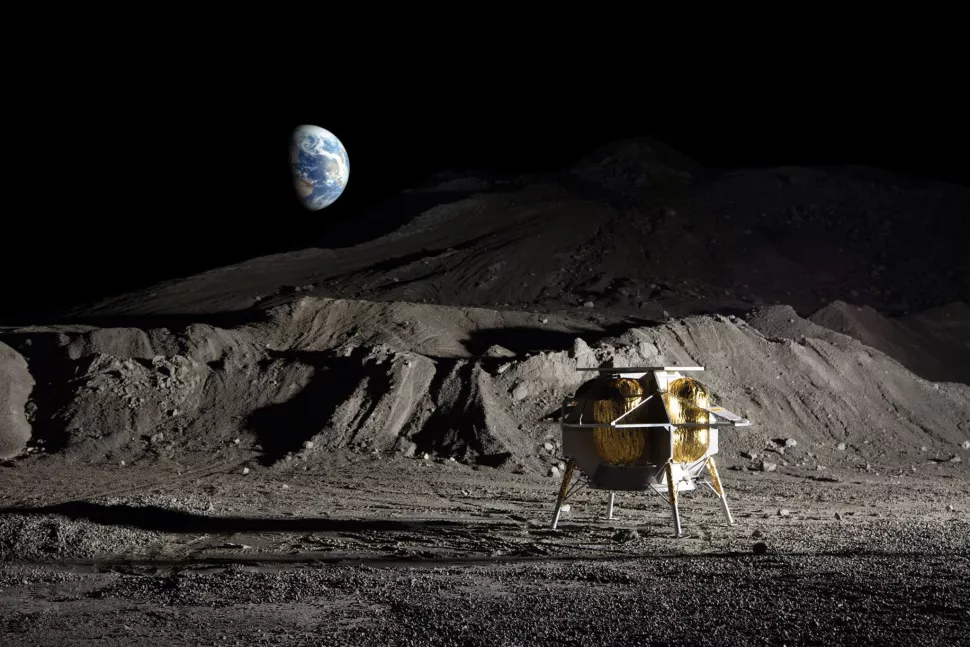NASA sends five payloads to the moon
- January 6, 2024
- 0
NASA will begin 2024 by sending five payloads to the Moon aboard Astrobotic Peregrine’s Mission One lander. The first CLPS (Commercial Lunar Payload Services) launch will take place
NASA will begin 2024 by sending five payloads to the Moon aboard Astrobotic Peregrine’s Mission One lander. The first CLPS (Commercial Lunar Payload Services) launch will take place

NASA will begin 2024 by sending five payloads to the Moon aboard Astrobotic Peregrine’s Mission One lander. The first CLPS (Commercial Lunar Payload Services) launch will take place on Monday, January 8, aboard a United Launch Alliance Vulcan rocket from Cape Canaveral, Florida.
NASA’s payload suite on Peregrine One will aim to locate water molecules on the moon, measure radiation and gases around the lander, and assess the lunar exosphere (the thin layer of gases on the moon’s surface). These measurements will improve our understanding of how solar radiation interacts with the lunar surface. The payload will also provide data for NASA’s Lunar-VISE (Lunar Vulcan Imaging and Spectroscopy Explorer) instrument set, which is scheduled to land on the Gruithuisen dome in 2026.
“We are thrilled to see this vision become a reality. CLPS is an innovative way to encourage American companies to send critical science and technology payloads to the Moon,” said Nicola Fox, Deputy Science Mission Director at NASA Headquarters in Washington. “The Moon is a rich place for scientific discovery. Studying and sampling the lunar environment will help NASA solve some of our solar system’s greatest mysteries for the benefit of everyone.”
The Peregrine lander is scheduled to touch down on February 23 at Sinus Viscositatis, a lunar structure outside the solidified lava of the Gruithuisen Domes on the moon’s near side. Large amounts of water are required to form similar natural structures on Earth; This leads scientists to believe that this landing site may contain evidence of water on the Moon.
NASA’s five payloads on Astrobotic’s Peregrine One lander include:
Astrobotic is one of 14 suppliers eligible to transport NASA payloads to the Moon as part of the CLPS initiative, which began in 2018 and is designed to create a commercial market for scientific research, exploration and technology development on the lunar surface and in lunar orbit. Through CLPS, NASA aims to gain new knowledge about the lunar environment and expand the lunar economy to support future crewed missions under the Artemis program. Source
Source: Port Altele
As an experienced journalist and author, Mary has been reporting on the latest news and trends for over 5 years. With a passion for uncovering the stories behind the headlines, Mary has earned a reputation as a trusted voice in the world of journalism. Her writing style is insightful, engaging and thought-provoking, as she takes a deep dive into the most pressing issues of our time.